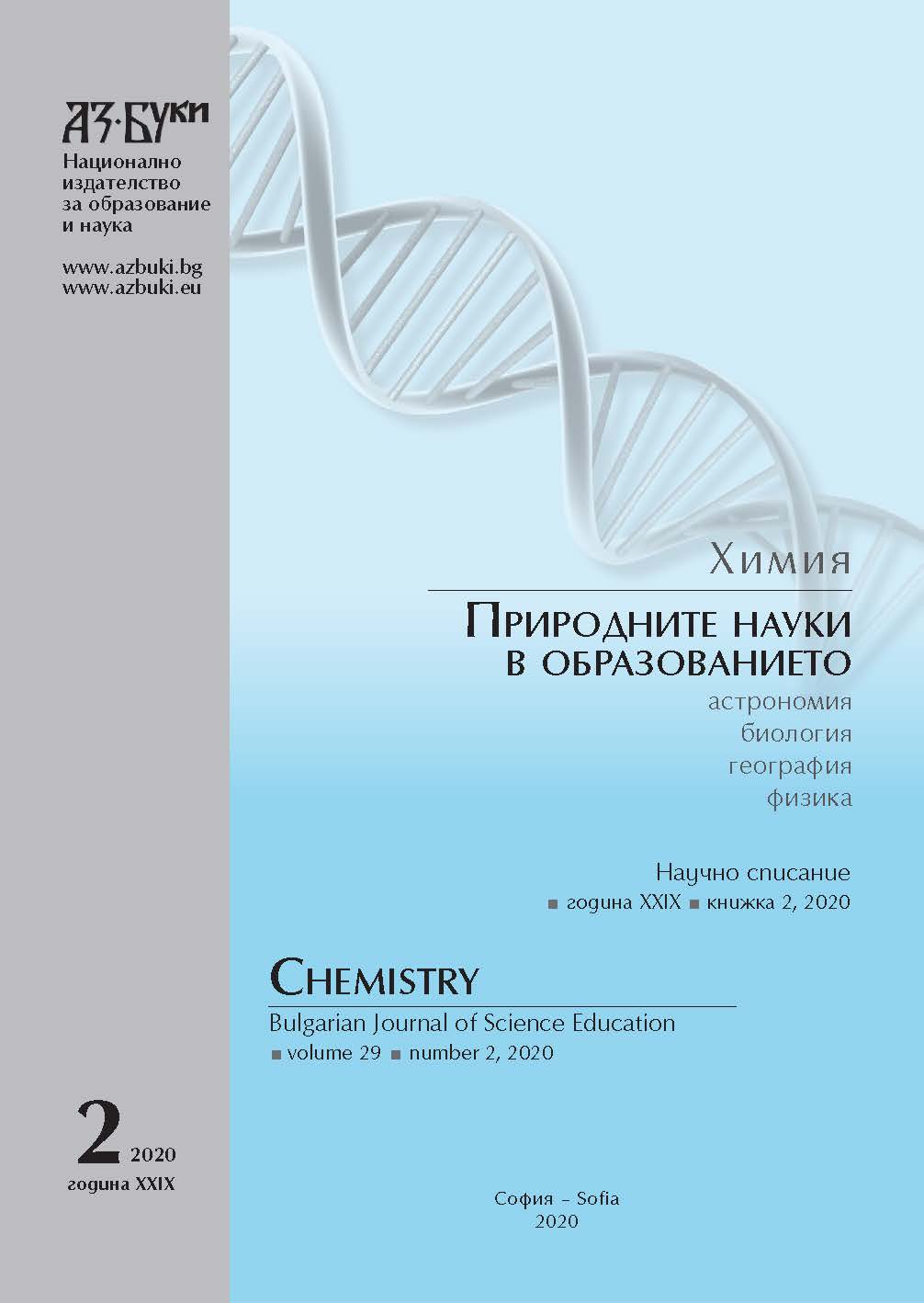Sodium-Potassium Pump and Bioelectrogenesis in Teaching Physiology: Misconceptions and New Didactic Approach
Sodium-Potassium Pump and Bioelectrogenesis in Teaching Physiology: Misconceptions and New Didactic Approach
Author(s): Petar RaychevSubject(s): Social Sciences, Education, School education, Vocational Education, Adult Education, Higher Education , State/Government and Education, Inclusive Education / Inclusion
Published by: Национално издателство за образование и наука „Аз-буки“
Keywords: medical education; active learning; resting membrane potential; electrogenic effect; sodium-potassium pump; Goldman-Hodgkin-Katz equations; Mullins-Noda equation; bioelectrogenesis
Summary/Abstract: Teaching and conceptualizing basic mechanisms underlying generation of resting membrane potential (RMP) is one of the starting and critically important points in all modern physiology courses and textbooks for students of medicine. Mastering concept on RMP and bioelectrogenesis is a basic precondition for students’ introduction into almost all fields of physiology, and particularly in physiology of excitable structures and sensory systems. Sodium-potassium pumps can be regarded as cells’ power plants which generate and maintain RMP. However, it is a strange paradox, taking into account importance of the subject, that one of the most widely-spread and persisting misconception among the students is just about the contribution of electrogenic effect (EE) of sodium-potassium pump (Na+/K+ pump) to the RMP. Fighting such critical misconceptions requires development and practical implementation of effective and specifically addressed didactic solutions in teaching-learning process of physiology.In the present report is proposed a new, compatible with active learning strategies, didactic model. It is based on quantifying specific contribution of electrogenic and non-electrogenic mechanisms of Na+/K+ pump to RMP. Implementation of the model can be done through Goldman-Hodgkin-Katz (GHK) and Mullins-Noda (MN) equations or through equations based on Millman theorem (also known as chord-conductance equations, CC). Newly developed model enables teaching staff to apply active learning strategies in this relatively complicated and abstract but very important part of physiology. Additional advantage of the model is that it allows demonstration, in a relatively simple and intuitive way, compatibility of MN equation with classical pump-leak model and limitations of GHK equation in conceptualizing bioelectrogenic processes in normal cells at steady state.
Journal: Химия. Природните науки в образованието
- Issue Year: 29/2020
- Issue No: 2
- Page Range: 195-205
- Page Count: 11
- Language: English
- Content File-PDF

